Its absorbent and durable design makes it ideal for removing dirt, dust, and spills. The ergonomic handle and easy-to-use design ensure comfortable and efficient cleaning. By choosing the right floor mop, you can keep your floors clean, hygienic, and looking their best.
FAQ
FAQ — Floor Mop
1. What is a Floor Mop?
A Floor Mop is a cleaning tool used to wet-clean and/or dry-wipe floor surfaces. It typically includes a mop head (made from materials like cotton, microfiber, sponge, or synthetic blends) attached to a handle. It is used with water and/or cleaning solution to remove dirt, spills and stains.
2. What are the main types of floor mops?
Some common types include:
- String or strip mops — traditional cotton or synthetic yarn strands. :contentReference[oaicite:0]{index=0}
- Flat mops — rectangular or triangular pad, often with microfiber or disposable pad heads. :contentReference[oaicite:1]{index=1}
- Spin mops — built with wringer mechanism to extract excess water without touching mop head. :contentReference[oaicite:2]{index=2}
- Sponge / PVA mops — for absorbency and dealing with spills. :contentReference[oaicite:3]{index=3}
- Spray mops — built with fluid reservoir and trigger to spray cleaning solution. :contentReference[oaicite:4]{index=4}
3. What floor types require which mop kinds?
The right mop depends on the flooring. For example, smooth ceramic, tile, laminate: flat microfiber mops work well. Rougher or outdoor surfaces may require heavy-duty string or strip mops. Delicate sealed wood floors may need less water and gentle mop heads. :contentReference[oaicite:5]{index=5}
4. How should I maintain a mop for hygiene and performance?
Rinse mop heads thoroughly after use, remove excess water, wash or replace mop heads when dirty, allow drying to prevent mildew, store mop properly. Replace when threads are frayed or absorbency drops. :contentReference[oaicite:6]{index=6}
5. What features matter when choosing a good floor mop?
Important features include: mop head material (absorbency, quick-dry), type of handle (extendable, swivel), ease of wringing or water removal, compatibility of replacement heads, weight, durability, and whether mop is safe for the floor finish. :contentReference[oaicite:7]{index=7}
6. Can mops help reduce bacteria or germs?
Yes — especially mop heads that are machine washable or disposable, and those used with sanitising cleaners or steam mops, which use heat to reduce microbial load. Spray-mops can allow controlled use of chemicals. :contentReference[oaicite:8]{index=8}
7. What are the limitations of different mop types?
String mops may leave excess water; sponge heads can deteriorate; microfiber needs proper washing else may trap bacteria; spray mops require refills; steam mops aren’t always safe for all floor types. :contentReference[oaicite:9]{index=9}
8. How often should I mop?
Depends on usage: high-traffic or wet areas may need daily or every other day mopping; moderate use could be a few times weekly; deep mopping (with strong cleaning) less often but scheduled regularly. Keeping up routine helps maintain cleanliness and hygiene.
Applications & Use Cases
Applications & Use Cases — Floor Mop
- Household & Daily Cleaning
- Mopping kitchens and bathrooms after cooking/wet use
- Living rooms, hallways, and bedrooms for dust and spill control
- Balconies or patios after rain or dampness
- Quick clean-ups before guests arrive
- Commercial & Office Spaces
- Regular cleaning of high-foot-traffic zones
- Lobbies, corridors and break rooms
- Sanitization in restrooms and kitchens
- After events or gatherings where floor gets dirty
- Industrial / Institutional Use
- Mopping warehouse floors, workshops, garages
- Cleaning production areas where spills occur
- Health facilities, clinics needing high hygiene standards
- Schools, institutions, where large areas have to be cleaned efficiently
- Specialized Cleaning
- Steam mopping or sanitizing surfaces
- Spray mop for floors sensitive to moisture
- PVA or sponge mops for absorbing large spills
- Flat mops for finishing and streak-free polishing
- Outdoor & Rough Surface Cleanup
- Removing muddy water from driveways or patios
- Cleaning outdoor tiles and steps
- Post-construction dust/heavy debris cleanup
- Decks or areas where water pooling needs to be cleared
Product Features
Product Features — Floor Mop
- Absorbent mop head material — cotton, microfiber, or soft synthetic blend for fast absorption.
- Quick-dry / low-lint fibers — to help reduce residual moisture and prevent streaks or mold.
- Swivel or pivot head — allows mop to reach into corners or under furniture.
- Handle features — telescopic/adjustable height, strong materials (metal or reinforced plastic), ergonomic grip.
- Wring / water control system — spin wringer, clamps, squeeze lever or bucket wringer to reduce manually touching mop head.
- Replaceable / washable mop pads or heads — for hygiene and cost-effectiveness over time.
- Floor surface compatibility — safe for tile, marble, wood, laminate etc.; avoid too much water on sensitive surfaces.
- Lightweight & durable design — easy to use frequently, materials that resist rust or mildew.
 Dotted Gloves Double Side Blue
8 × QAR 8.00
Dotted Gloves Double Side Blue
8 × QAR 8.00 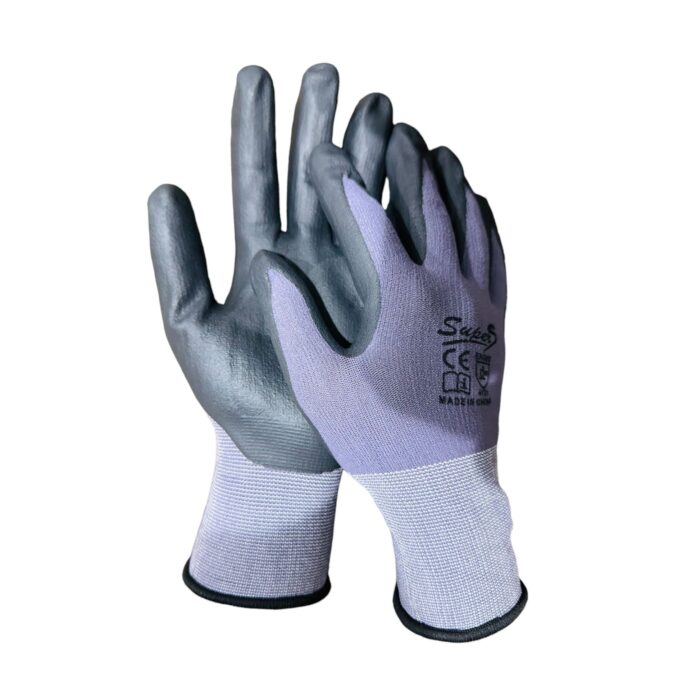 SuperS Cut Resistant Gloves Nitrile Coated with Foam
9 × QAR 4.00
SuperS Cut Resistant Gloves Nitrile Coated with Foam
9 × QAR 4.00  SuperS Cut Resistent Gloves Nitrile Coated Sandy
11 × QAR 3.00
SuperS Cut Resistent Gloves Nitrile Coated Sandy
11 × QAR 3.00 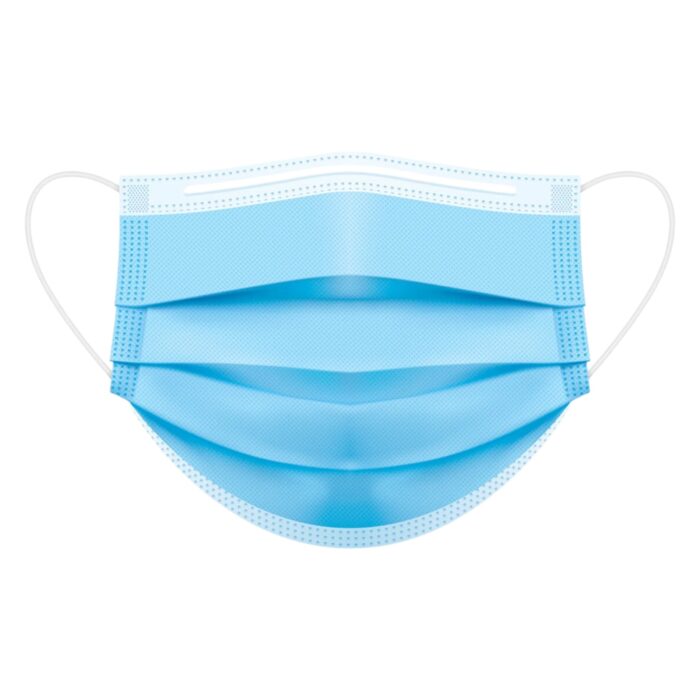 Surgical Mask
6 × QAR 8.00
Surgical Mask
6 × QAR 8.00  Cotton gloves
6 × QAR 8.00
Cotton gloves
6 × QAR 8.00  SuperS Hard Brush
3 × QAR 6.00
SuperS Hard Brush
3 × QAR 6.00 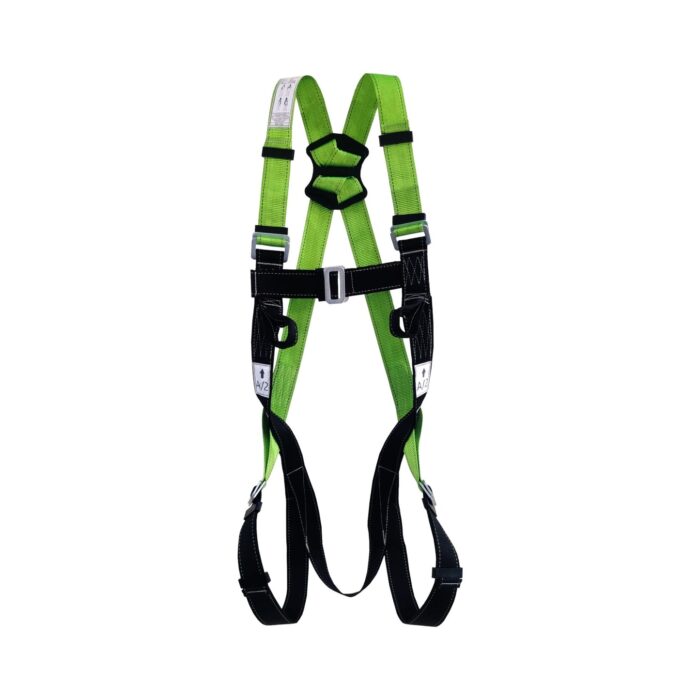 Full Body Harness with Forked webbing lanyard R-FBH-02022
2 × QAR 83.00
Full Body Harness with Forked webbing lanyard R-FBH-02022
2 × QAR 83.00 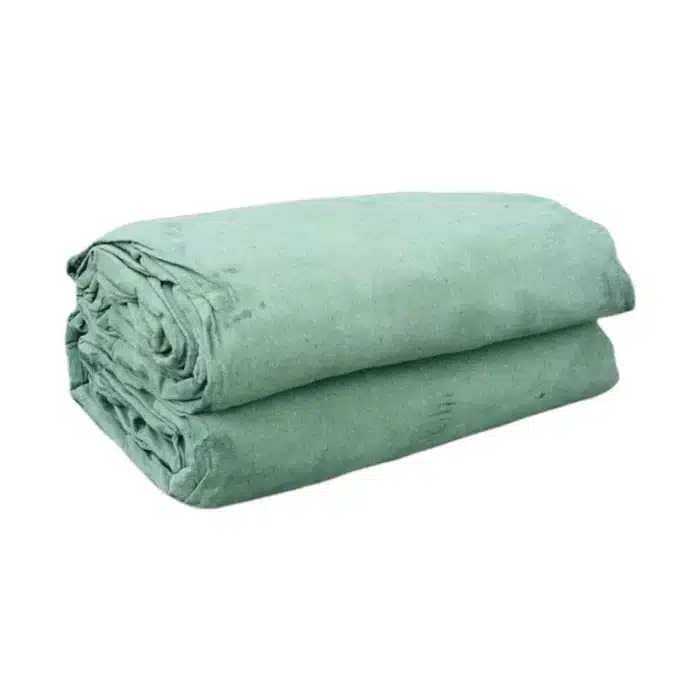 Canvas Tarpaulin
1 × QAR 440.00
Canvas Tarpaulin
1 × QAR 440.00 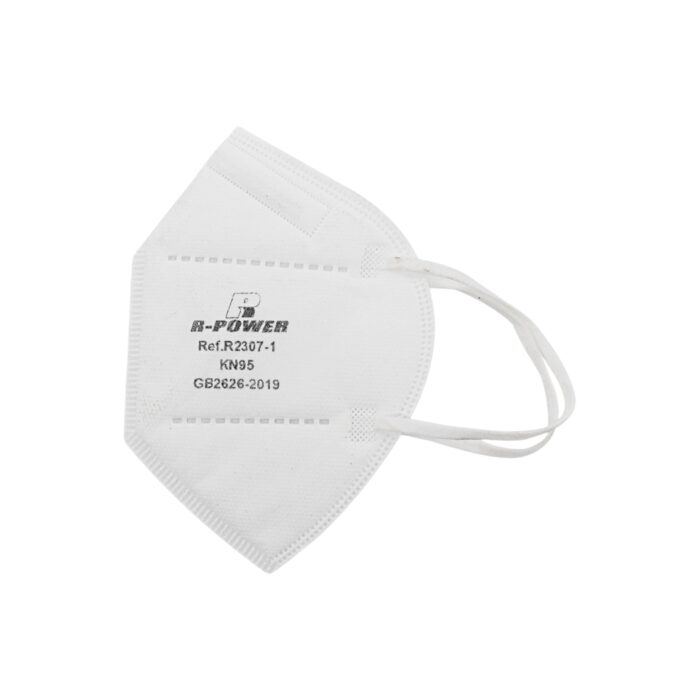 R-Power Foldable Mask KN95
1 × QAR 20.00
R-Power Foldable Mask KN95
1 × QAR 20.00  SuperS Cut Resistant Gloves PU Coated
1 × QAR 3.00
SuperS Cut Resistant Gloves PU Coated
1 × QAR 3.00 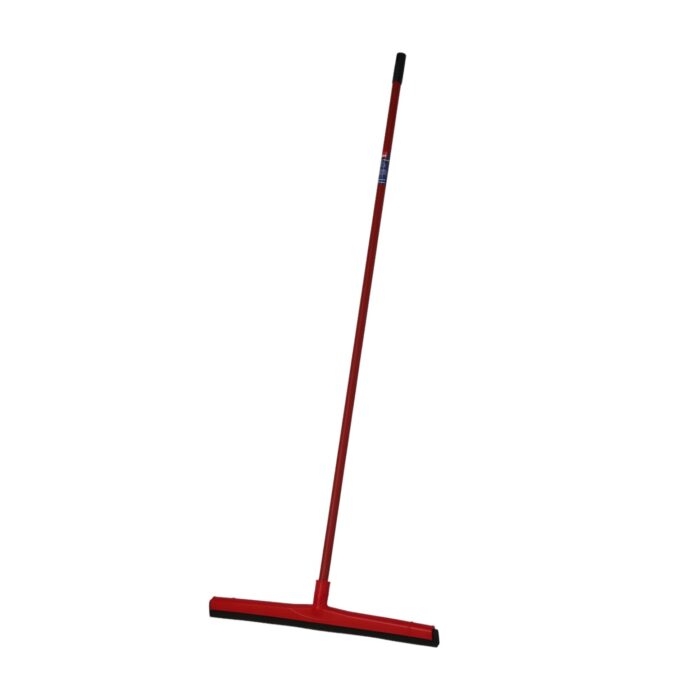 Floor Wiper
4 × QAR 8.00
Floor Wiper
4 × QAR 8.00  Hard Brush
1 × QAR 7.00
Hard Brush
1 × QAR 7.00  Full Body Harness with Forked webbing lanyard R-FBH-02023
1 × QAR 110.00
Full Body Harness with Forked webbing lanyard R-FBH-02023
1 × QAR 110.00 
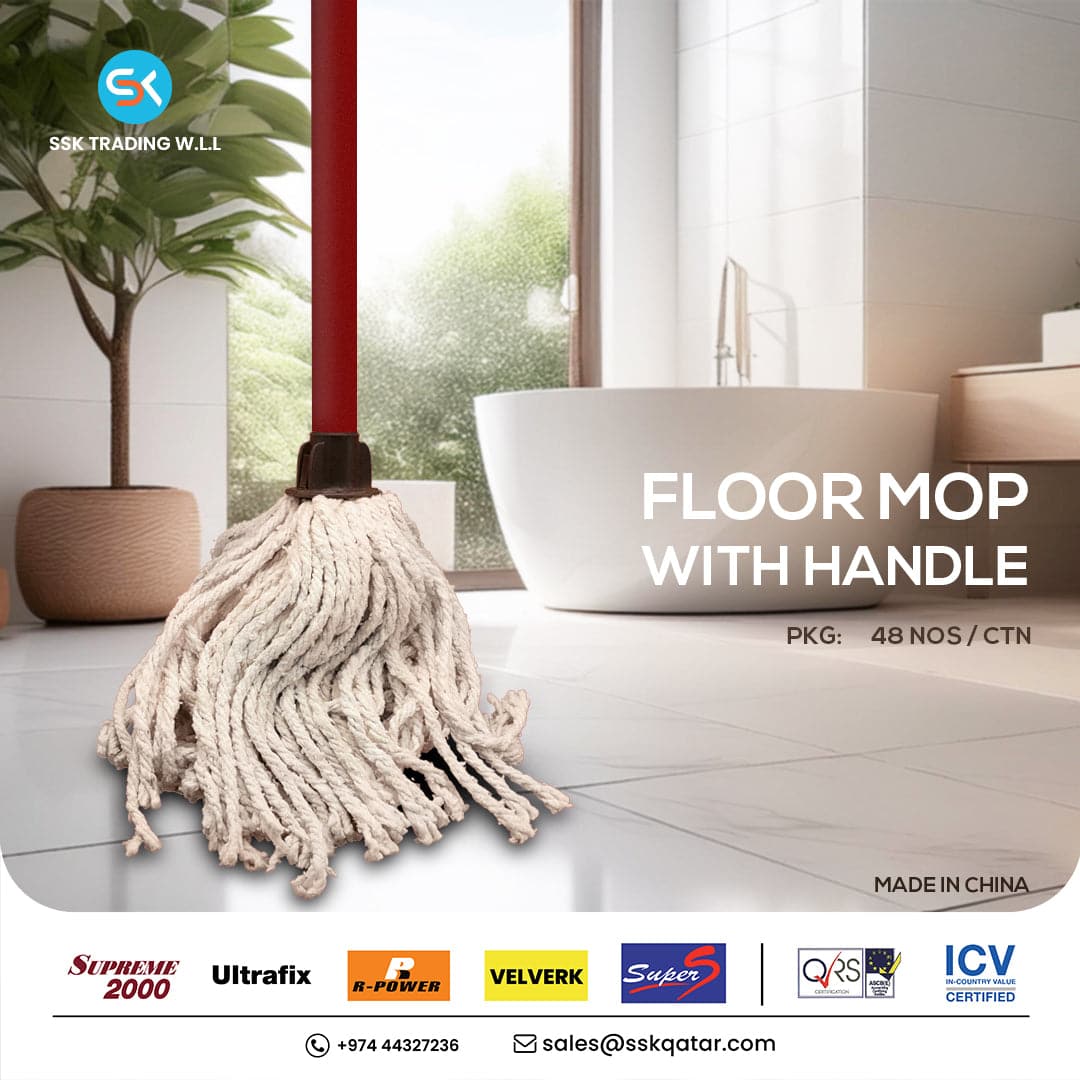
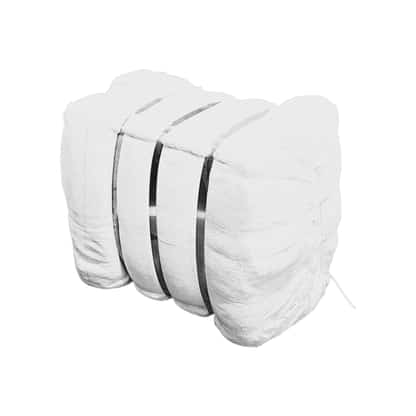
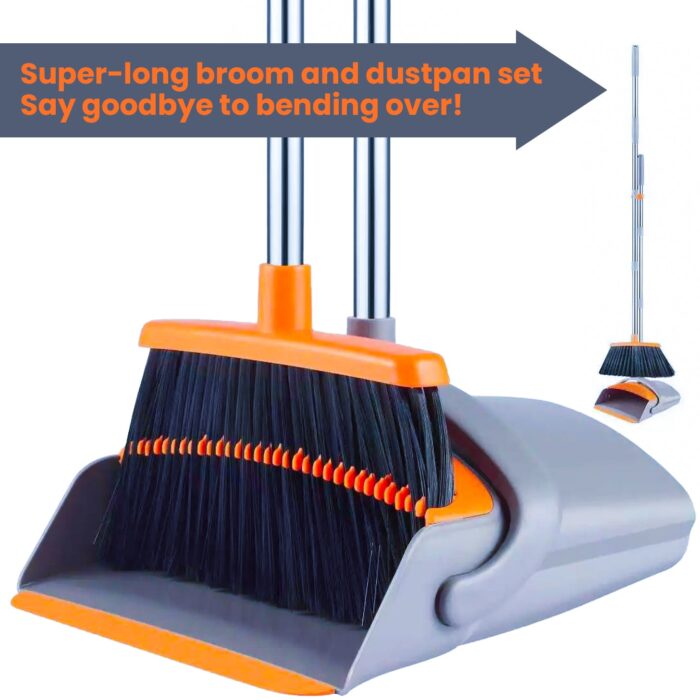
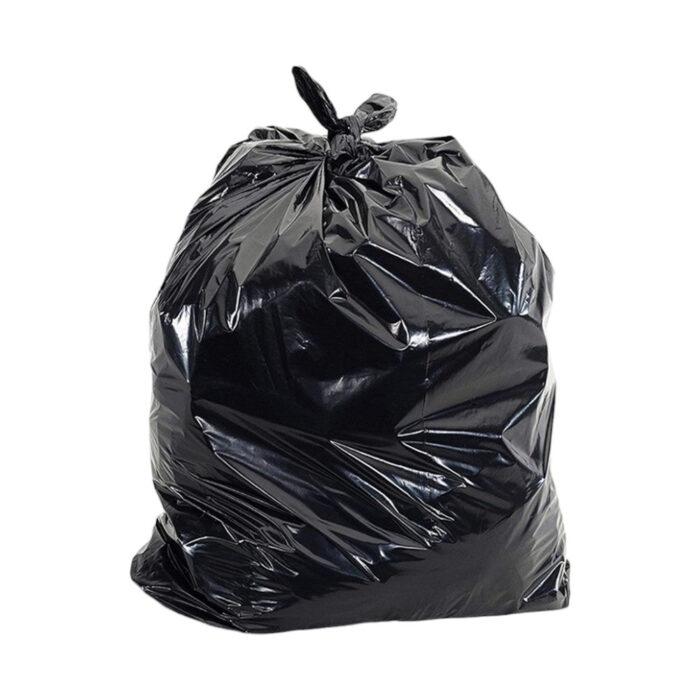
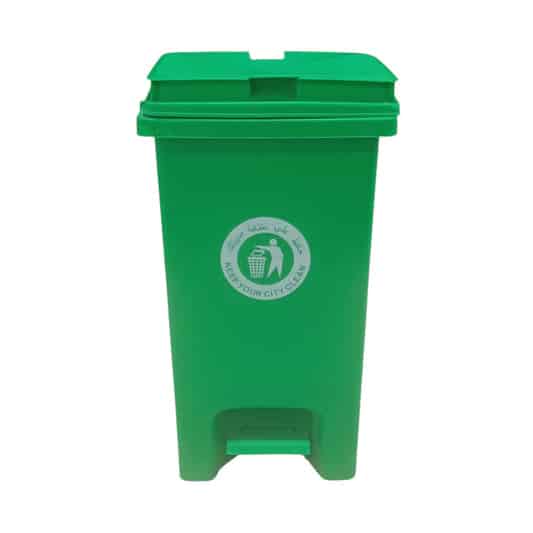


Reviews
There are no reviews yet.